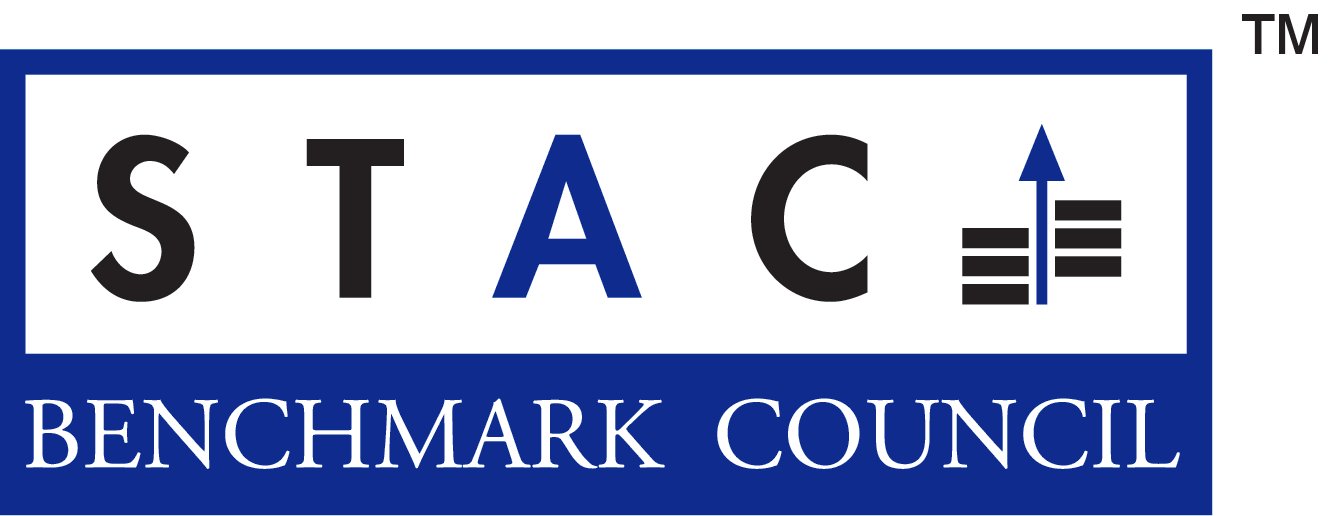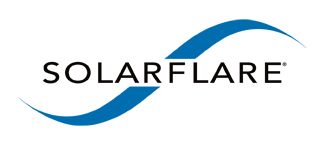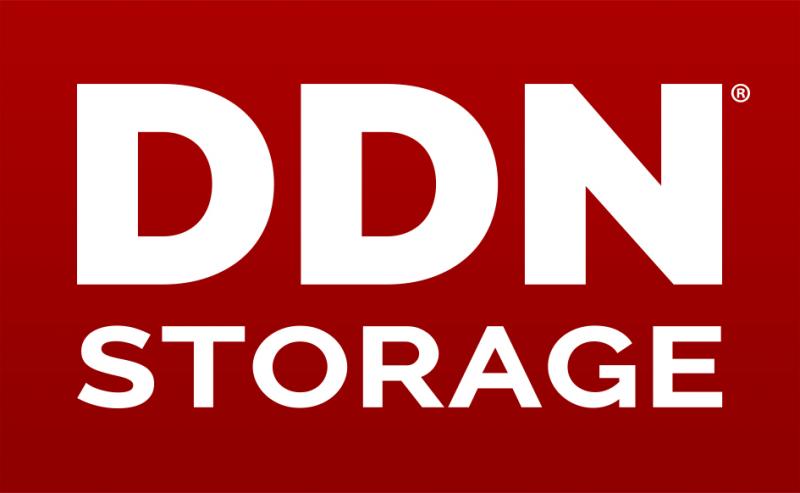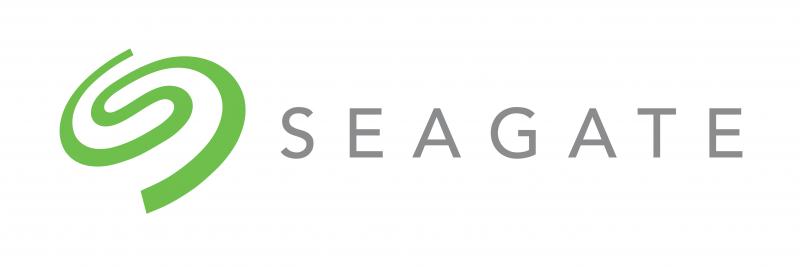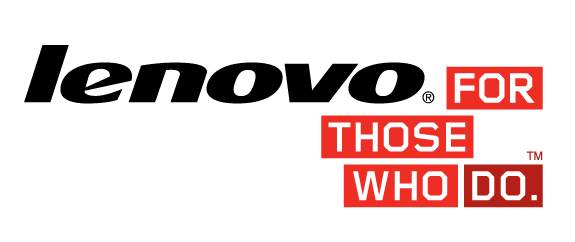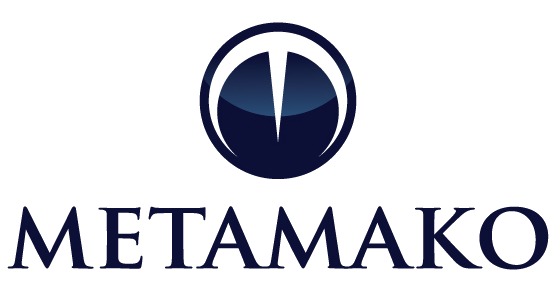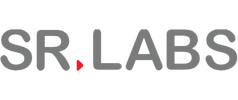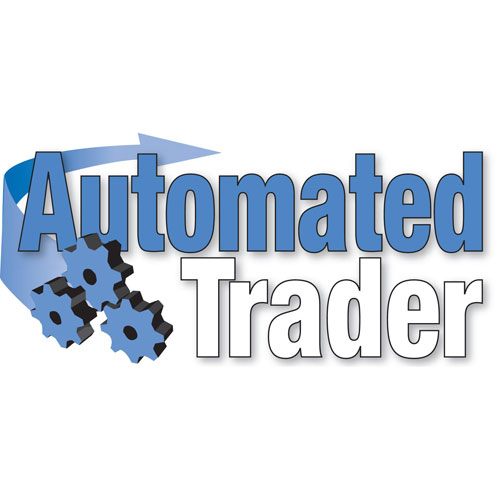STAC Summit, 15 Jun 2015, NYC
WHEN
Monday, 15 June 2015
WHERE
Grand Hyatt New York, Park Avenue at Grand Central, New York
Manhattan Ballroom

AGENDA
Click on the session titles to view the slides and videos (may require member permissions).
 Big Compute
Big Compute
 Big Data
Big Data
 Fast Data
Fast Data
STAC Exchange

 |
|
|
Vendors with exhibit tables at the conference (click here for the exhibitor list). |
Welcome & STAC Update on Big Compute |
|
|
Peter will review the latest STAC-A2 benchmark results for high-performance computing stacks and discuss recent actions by the STAC-A2 Working Group. |
Julia: Why All the Buzz? |
|
|
The Julia programming language has rapidly gained interest in the computational finance community. And why wouldn't it? It's MIT creators say they sought to provide an open source language with the best features of Matlab, R, Hadoop, and shell scripts, with the performance of C. "We want to write A*B and launch a thousand computations on a thousand machines, calculating a vast matrix product together," they said. Those are no small ambitions. What are the realities? How does Julia work, and what are its current strengths and limitations? How does it really perform? Who are the main players in the ecosystem, and what is the roadmap? As one of the creators of Julia, Viral will take us on a quick tour of Julia and touch on each of these questions. |
OpenCL and Financial Analytics: Preliminary Exploration |
|
|
OpenCL is a framework intended to make heterogeneous hardware accessible to mainstream developers via standard interfaces. The OpenCL vision is to enable a developer to write an application once and deploy it on multiple targets such as CPUs, GPUs, FPGAs and DSPs with minimal changes if any. According to OpenCL advocates, this flexibility allows developers to utilize the strengths of different hardware architectures to tackle computational problems in ways that can be faster and more power efficient than using conventional CPUs alone. In this talk, Oren will briefly explain the basic concepts of OpenCL, how it works with these different targets, and the evolution of OpenCL over the last couple of years. He will then share some of what U Mass Lowell is learning as it applies OpenCL to use cases in computational finance, including STAC-A2. |
Intel: Unlocking Potential |
|
|
Joe will show historical trends in performance and how Intel is working to overcome the frontiers they impose. |
Open Standards; OpenPOWER; Open Choice |
|
|
A movement began in the early 1990s that has as much impact on computing today as Moore's Law: open intellectual property. This movement--which ranges from open standards to open source--started with software and has now expanded to include services and even hardware. In this talk, Terry will argue that openness at the level of the processing platform is a key evolution of the open movement and that the OpenPOWER standard being advanced by Google, IBM, NVIDIA, and others is a crucial element. After outlining the roles that over 150 organizations are playing in the OpenPOWER Foundation, Terry will review some unique architectural aspects of the OpenPOWER standard, along with important proof points from financial services. |
|
|
Skiing an Avalanche: Trying to Stay Parallel |
More and more programming languages and optimization tools aim to help developers deal with the expanding range of computing platforms and the enormous parallelism of those platforms. How should a developer choose? If an organization needs to improve application performance or price-performance, what are the best approaches to navigating this mix? Are there principles that apply irrespective of environment? Our panel will debate these questions and those from the audience. |
Adventures on AWS with High-Performance Workloads  |
|
|
Cloud services are on the agenda in one way or another for most financial services firms today. Even firms with no short-term plans to use an external cloud provider want to monitor the options, either in anticipation of eventual usage or as something against which to benchmark their internal IT services (including private clouds). For these reasons, STAC has begun testing a number of infrastructure-as-a-service (IaaS) offerings using different financial workloads, comparing the price-performance and absolute performance of various cloud offerings to each other and to standalone systems. We've also documented key learnings and gotchas encountered along the way. In this talk, Peter will share some of the work done to date with the compute-intensive STAC-A2 and data-intensive STAC-M3 workloads on various configurations offered by the market share leader in public cloud: Amazon Web Services. |
Innovation Roundup: Round 1  |
|
| "Burst Risk Management and Alpha Generation Models into the Cloud. On Demand, At Scale." Chris Bowen, VP East Coast Sales, Avere Systems |
|
| "Introducing Cray in Financial Services – more than just supercomputers" William Kaseta, Senior Account Manager, Cray |
|
| "Apache Ignite - In-Memory Data Fabric" Dmitriy Setrakyan, EVP Engineering, GridGain Systems |
|
| "MarkLogic - An Alternative to Schema Tyranny" Rupert Brown, Chief Technology Officer, Financial Svc, MarkLogic |
|
| "AP Event-Driven Data" Bruce Glover, Director Business Development, Finance and Data, AP |
|
|
Technology and Today's Search for Alpha |
Trading firms continue to look for ways to beat competitors algorithmically. Depending on asset class and strategy, that might mean using machine learning to develop algorithms or programmatically exploiting non-numeric content such as news and social feeds. It almost certainly means using the best technology available to discover and backtest algorithms. What are some of the best tools a firm can use to analyze data and access new content, and why? What's the state of adoption? How do these tools integrate--or not--with existing systems? Does it make more sense to use software-as-a-service or to do it yourself? Our panelists will offer their perspectives. |
STAC Update: Big Data Workloads |
|
|
Peter will review progress in the STAC Big Data SIG, as well as the latest STAC-M3 benchmark results for solution stacks used in tick analytics. |
Innovation Roundup: Round 2 |
|
| "Lenovo Enterprise-class Servers & Technologies for Low Latency & Analytics" Dave Weber, Director, Lenovo Financial Services Industry, Lenovo |
|
| "Breaking through the performance and scale limitations of current financial data analytics" Andre Kerstens, Sr Technologist, DataDirect Networks |
The Megatrend is Your Megafriend: Storage Architectures for Competitive Success |
|
|
Financial firms are adept at turning broad computing trends to their advantage. In Bob's opinion, they now have the opportunity to do that in storage. According to Bob, performance and capacity requirements—particularly in crucial areas like strategy development and backtesting—are increasing so much faster than technology budgets that sticking with a traditional architecture will endanger a trading firm's competitiveness. Firms need to take a new approach. In this talk, Bob will explain four “megatrends” of computing and the benefits that a firm can realize by applying them to its storage architecture. |
Architecture and Benchmarks for Backtesting |
|
Today's markets place a premium on the quality of trading strategies and the speed at which a firm can develop them. Such development requires a huge amount of trial and error, in which numerous potential strategies are backtested against out-of-sample historical data in order to find a few that survive the test. As firms devote more resources to strategy development--sometimes using machine learning to churn them out automatically--the infrastructure used for backtesting is coming under increasing pressure to scale. Our panel will discuss key questions facing backtesting architects, like the relative pros and cons of shared-nothing architectures versus shared-storage architectures like parallel file systems, as well as what role, if any, public cloud services can play in backtesting. Along the way, Michel will present STAC-A3, a benchmark suite specified by trading firms to measure the performance, scaling, and cost efficiency of any backtesting architecture. In addition, Patrick will present the first cut of a reference architecture for backtesting that uses a scalable, shared-nothing design based on the open source Spark framework and the Hadoop Distributed File System. |
Musketeer: All for One, One for All in Data Processing Systems |
|
|
Many systems for processing big data exist today (such as Hadoop, Spark, GraphLab, Naiad, etc.). Yet few users can (or should) rely on intuition to determine which system or combination of systems is the best for a given workflow. Furthermore, once a system has been chosen, porting workflows to another system is time consuming. The Systems Research Group at Cambridge believe the answer to these challenges is to decouple applications from implementations. In this talk, Ionel will describe a system called Musketeer that maps front-end workflow descriptions to a shared intermediate representation, and from this to a range of back-end execution engines. According to Ionel, mapping is automatic and generates highly performant code that comes close to hand-tuned implementations. This enables rapid exploration of the available data processing system choices, and in many cases speeds up workflow significantly at lower development effort. |
STAC Update: Network I/O |
|
|
Peter will explain new developments related the STAC Network I/O SIG. |
How Trading Venues Can Be More Fair |
|
|
Exchanges and other trading venues have an obligation to be fair--that is, to provide a level playing field to all market participants. This obligation has come under a magnifying glass in the wake of the "Flashboys" controversy. When it comes to high-speed trading, fairness means delivering messages to and receiving messages from all participants with the same latency. This is why exchanges often use constant cable lengths to cross-connect with the co-located trading applications of different firms. But the concept of fair is a moving target that changes as new technologies improve the determinism that is possible. David will make the argument that to in order to guarantee fairness in todays' world, exchanges need to take specific technical approaches. |
If Market Data is Now a Commodity, Why is Everybody Still Complaining? |
|
|
Having begun as an upstart challenger in software for market data and trade execution, SR Labs recently catapulted to a leadership position by acquiring the market data related business from NYSE Technologies. In one step, it took responsibility for a large global customer base and a broad set of additional products. What SR Labs thinks and does matters to a lot of people. In this talk, Tony will outline the current state of the market data technology industry--from low latency solutions to enterprise distribution--and offer his perspectives on the woes that customers often express. He’ll discuss the solutions that customers say they dream about, and explain why, in SR Labs' view, these dreams can be reality. |
Innovation Roundup: Round 3 |
|
| "NovaTick feedhandlers - Get it all: Speed, Coverage and Functionality" Olivier Baetz, COO, NovaSparks |
|
| "The ExaLINK Fusion switch and application platform: latest developments" Matthew Chapman, CTO, Exablaze |
|
| "Novo: Protecting Against Insider Threats with User Behavioral Analytics & Decoy Technology" Dr. Salvatore Stolfo, CEO, Allure Security Technology, Inc |
Cybersecurity and High-speed Trading |
|
Few technology topics today get as much attention as cybersecurity. According to experts, security breaches that make the headlines are just the tip of a growing iceberg. Among the many risks that policy makers are grappling with is the potential that bad guys could exploit trusted connections to disrupt global markets, either for financial gain or terrorist purposes. Accordingly, some regulators and exchanges have begun to signal a desire for enhanced security. But trading organizations are generally not receptive, because more security often means more latency. Without clear, industry-wide regulation, firms must trade off the hard-to-quantify possibility of a security disaster against the easy-to-quantify, day-by-day impact of higher latency. Nevertheless, many observers feel that it is only a matter of time before regulations or a major industry incident shift the calculus. When that day comes, those trading technologists who understand how to engineer security with the least latency will be poised to lead. Our panelists will provide their perspectives on the tradeoffs of various approaches to security and best practices that can be applied in a trading context. |
PLATINUM SPONSOR
GOLD SPONSORS
MEDIA PARTNER
About STAC Events & Meetings
STAC events bring together CTOs and other industry leaders responsible for solution architecture, infrastructure engineering, application development, machine learning/deep learning engineering, data engineering, and operational intelligence to discuss important technical challenges in financial services.
 |
 |
 |
|---|---|---|

